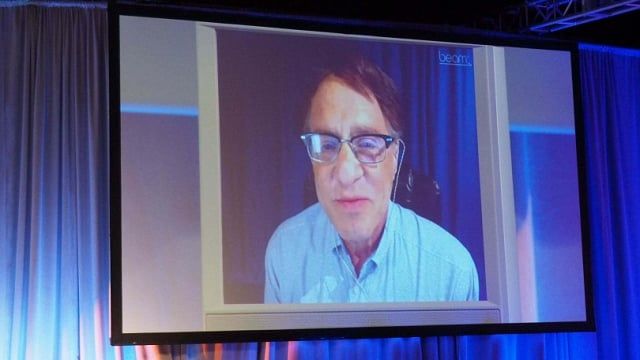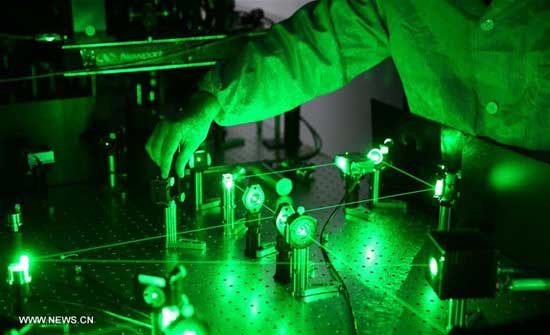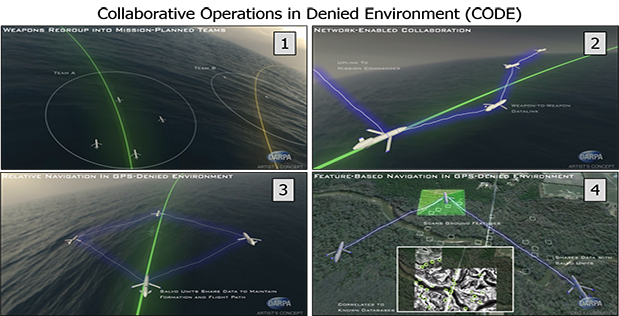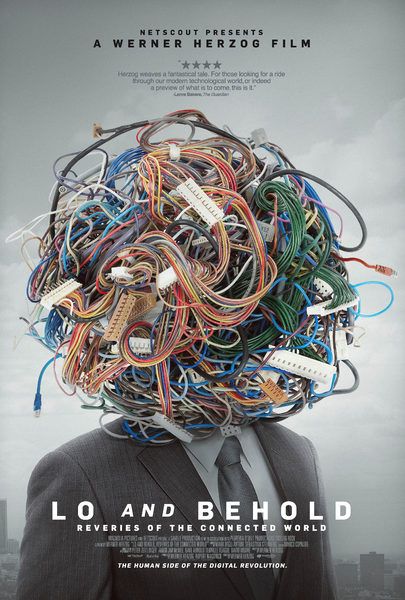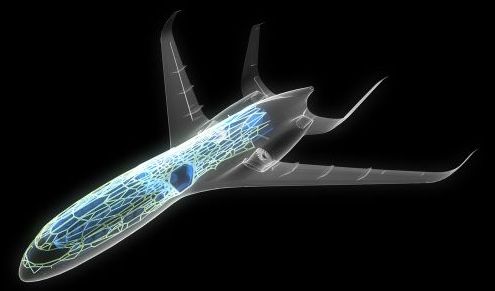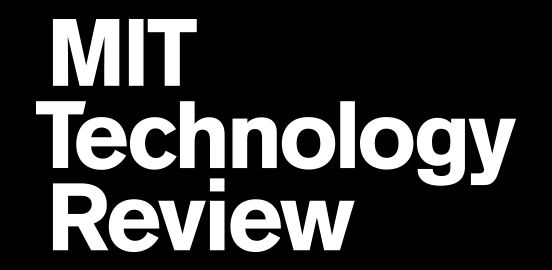Page 11129
Jun 7, 2016
The path to perfection: Quantum dots in electrically-controlled cavities yield bright, nearly identical photons
Posted by Karen Hurst in categories: particle physics, quantum physics
Nice.
Optica l quantum technologies are based on the interactions of atoms and photons at the single-particle level, and so require sources of single photons that are highly indistinguishable – that is, as identical as possible. Current single-photon sources using semiconductor quantum dots inserted into photonic structures produce photons that are ultrabright but have limited indistinguishability due to charge noise, which results in a fluctuating electric field. Conversely, parametric down conversion sources yield photons that while being highly indistinguishable have very low brightness. Recently, however, scientists at CNRS — Université Paris-Saclay, Marcoussis, France; Université Paris Diderot, Paris, France; University of Queensland, Brisbane, Australia; and Université Grenoble Alpes, CNRS, Institut Néel, Grenoble, France; have developed devices made of quantum dots in electrically-controlled cavities that provide large numbers of highly indistinguishable photons with strongly reduced charge noise that are 20 times brighter than any source of equal quality. The researchers state that by demonstrating efficient generation of a pure single photon with near-unity indistinguishability, their novel approach promises significant advances in optical quantum technology complexity and scalability.
Dr. Pascale Senellart and Phys.org discussed the paper, Near-optimal single-photon sources in the solid state, that she and her colleagues published in Nature Photonics, which reports the design and fabrication of the first optoelectronic devices made of quantum dots in electrically controlled cavities that provide bright source generating near-unity indistinguishability and pure single photons. “The ideal single photon source is a device that produces light pulses, each of them containing exactly one, and no more than one, photon. Moreover, all the photons should be identical in spatial shape, wavelength, polarization, and a spectrum that is the Fourier transform of its temporal profile,” Senellart tells Phys.org. “As a result, to obtain near optimal single photon sources in an optoelectronic device, we had to solve many scientific and technological challenges, leading to an achievement that is the result of more than seven years of research.”
Jun 7, 2016
China plans to set up global quantum communications network
Posted by Karen Hurst in categories: cybercrime/malcode, quantum physics, satellites
China is getting their new Quantum communications infrastructure being prepped for deployment and adoption. Next month, the Quantum Satellite is launched to enable wireless communication that is secured and can block hacking; and we know what the reverse means for everyone else.
Now, China has unveiled that they have been planning and getting their cities ready for Quantum communications/ network adoption.
China leads the world in quantum communications.
Continue reading “China plans to set up global quantum communications network” »
Jun 7, 2016
Water Has An Amazing Fourth State — Ice, Steam, Liquid, And Now Tunneling
Posted by Karen Hurst in category: futurism
Researchers have found that water has a bizarre fourth state. In addition to the familiar states of liquid, ice, and steam, with their transition points marked by the familiar freezing and boiling points on the Kelvin and Celsius scales, water has a fourth state, tunneling.
[S]cientists at the Oak Ridge National Lab (ORNL) have discovered that when it’s put under extreme pressure in small spaces, the life-giving liquid can exhibit a strange fourth state known as tunneling.
A Fourth State of #Water Discovered – https://t.co/ue5hLbawGX pic.twitter.com/Zzp5XwJNEI
Continue reading “Water Has An Amazing Fourth State — Ice, Steam, Liquid, And Now Tunneling” »
Jun 7, 2016
CODE Takes Next Steps toward More Sophisticated, Resilient, and Collaborative Unmanned Air Systems
Posted by Karen Hurst in categories: robotics/AI, transportation
Nice.
CODE’s main objective is to develop and demonstrate the value of collaborative autonomy, in which UASs could perform sophisticated tasks both individually and in teams under the supervision of a single human mission commander. CODE-equipped UASs would perform their mission by sharing data, negotiating assignments, and synchronizing actions and communications among team members and with the commander. CODE’s modular open software architecture on board the UASs would enable multiple CODE-equipped unmanned aircraft to navigate to their destinations and find, track, identify, and engage targets under established rules of engagement. The UASs could also recruit other CODE-equipped UASs from nearby friendly forces to augment their own capabilities and adapt to dynamic situations such as attrition of friendly forces or the emergence of unanticipated threats.
“During Phase 1, we successfully demonstrated, in simulation, the potential value of collaborative autonomy among UASs at the tactical edge, and worked with our performers to draft transition plans for possible future operational systems,” said Jean-Charles Ledé, DARPA program manager. “Between the two teams, we have selected about 20 autonomous behaviors that would greatly increase the mission capabilities of our legacy UASs and enable them to perform complex missions in denied or contested environments in which communications, navigation, and other critical elements of the targeting chain are compromised. We have also made excellent progress in the human-system interface and open-architecture framework.”
Jun 7, 2016
Lo and Behold, Reveries of the Connected World: Movie Trailer
Posted by Sean Brazell in categories: business, cybercrime/malcode, education, Elon Musk, health, internet, space travel
Legendary master filmmaker Werner Herzog examines the past, present and constantly evolving future of the Internet in Lo and Behold: Reveries of the Connected World. Working with NETSCOUT, a world leader in-real time service assurance and cybersecurity, which came aboard as a producer and led him into a new world, Herzog conducted original interviews with cyberspace pioneers and prophets such as PayPal and Tesla co-founder Elon Musk, Internet protocol inventor Bob Kahn, and famed hacker Kevin Mitnick. These provocative conversatons reveal the ways in which the online world has transformed how virtually everything in the real world works, from business to education, space travel to healthcare, and the very heart of how we conduct our personal relationships.
Jun 7, 2016
Just read the highlighted paragraph. No hashtags needed
Posted by Lily Graca in category: futurism
Jun 7, 2016
New “Bionic Leaf” Is More Efficient Than Photosynthesis
Posted by Karen Hurst in categories: cyborgs, food, solar power, sustainability, transhumanism
The latest of the bionic leaf. A little over a year ago reseachers made an amazing discovery on cell circuitry leaves. Here is more news from Harvard on their research on bionic leaves.
Harvard scientists designed a new artificial photosynthesis system that turns sunlight into liquid fuel, and it is already effective enough for use in commercial applications.
Here’s an alternative source of energy many have never heard of— bionic leaves.
Continue reading “New ‘Bionic Leaf’ Is More Efficient Than Photosynthesis” »
Jun 7, 2016
Meet THOR—a Lightweight Mini-Plane Fresh out of the 3D Printer
Posted by Karen Hurst in categories: 3D printing, energy, transportation
Airbus introduces the aviation world to a mini-plane called THOR (Test of High-tech Objectives in Reality). It is the first aircraft to be produced using 3D printing technology.
Airbus, a leading aircraft manufacturer, has just unleashed THOR—Test of High-tech Objectives in Reality—a miniature aircraft constructed from 3D printing technology. The windowless, pilotless, and propeller-driven THOR weighs in at 21 kg, and measures less than 4 m long.
Though it is much smaller than a regular jet, THOR is capable of stable flight and even promises to save on time, fuel and money.
Continue reading “Meet THOR—a Lightweight Mini-Plane Fresh out of the 3D Printer” »
A new system for making liquid fuel from sunlight, water, and air is a promising step for solar fuels.
